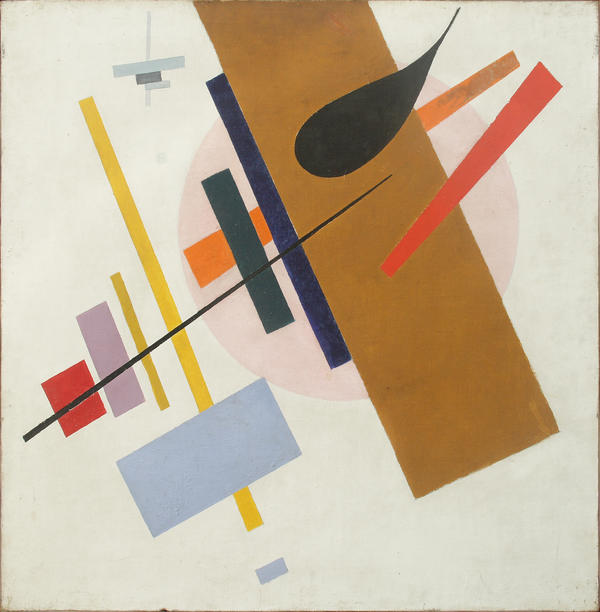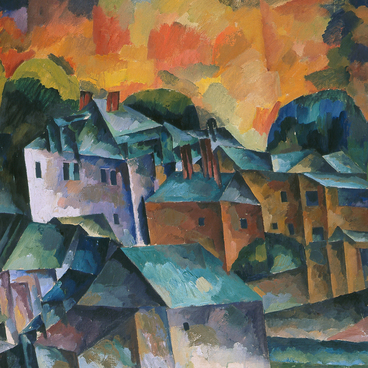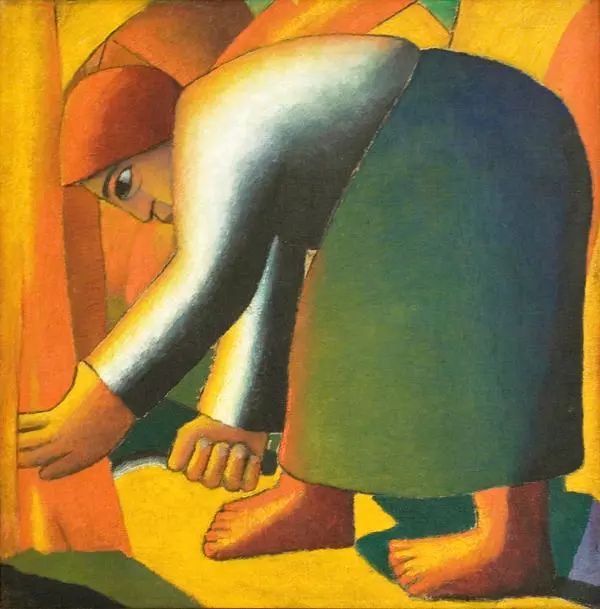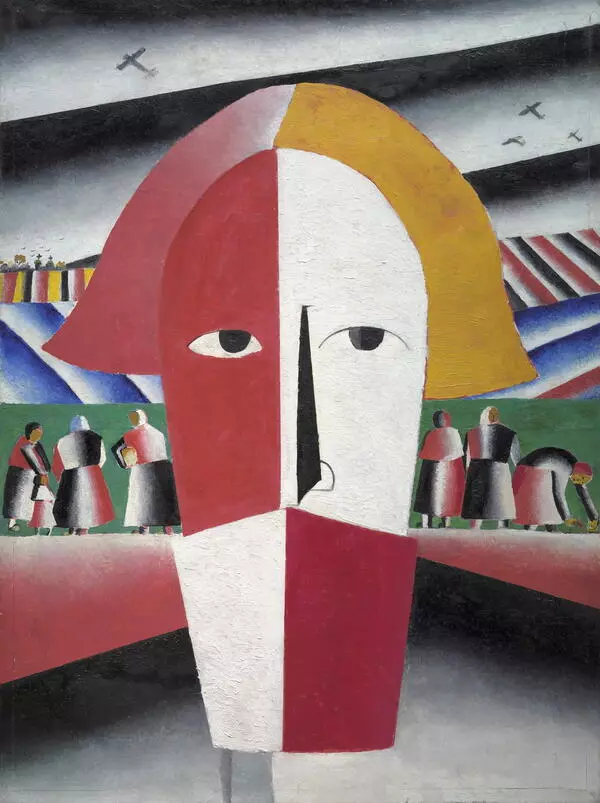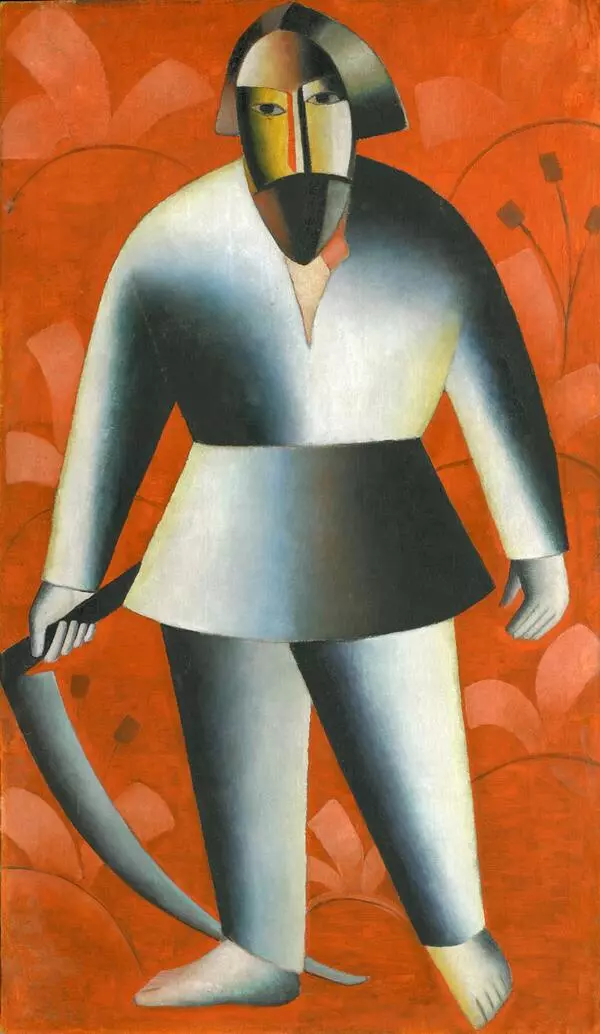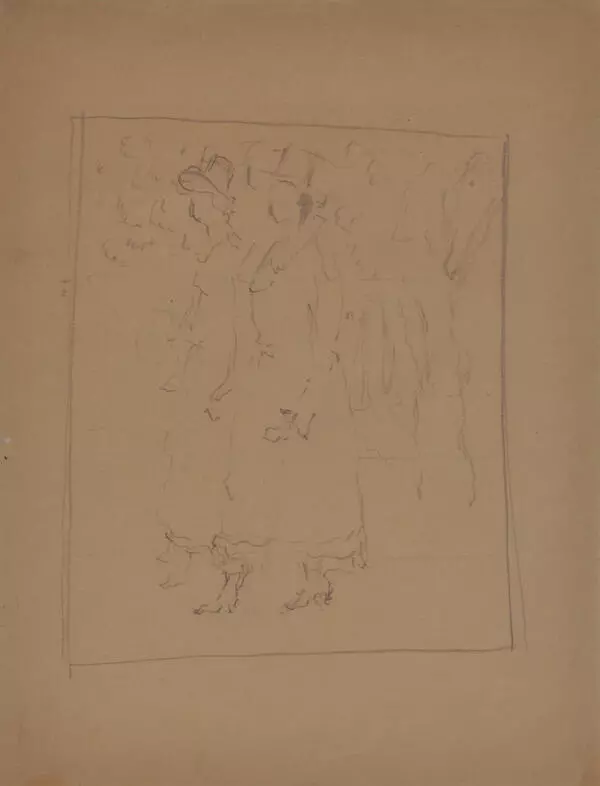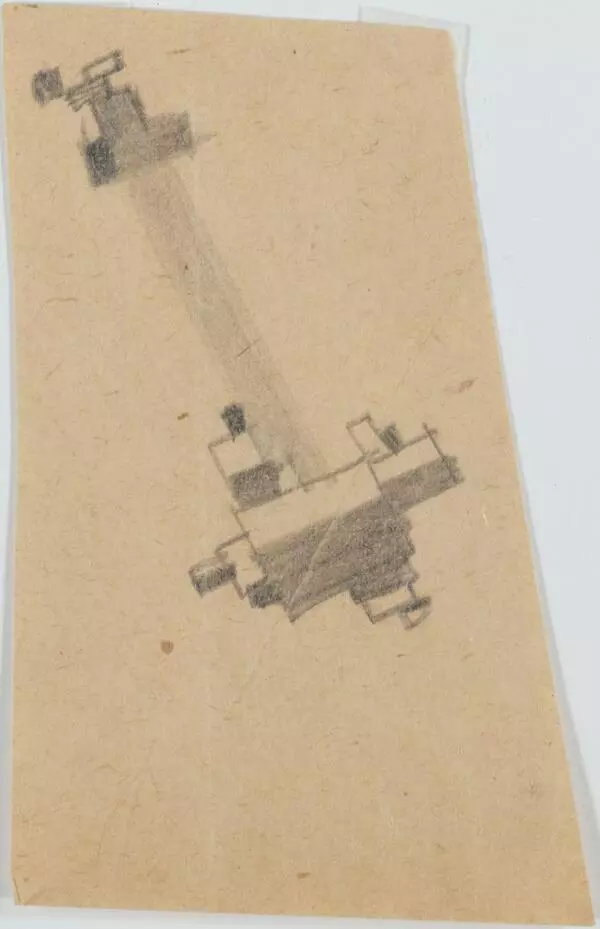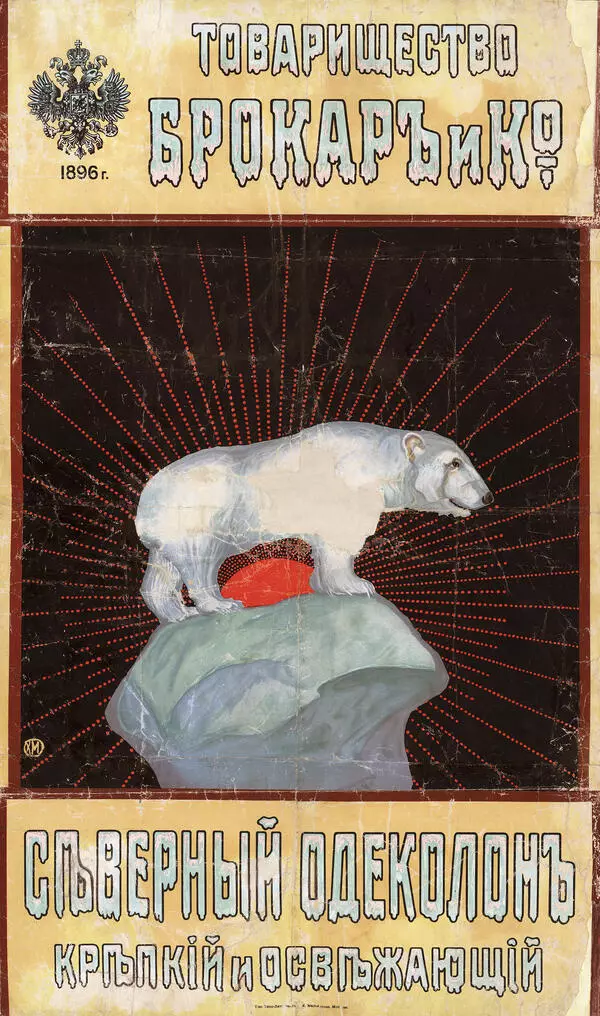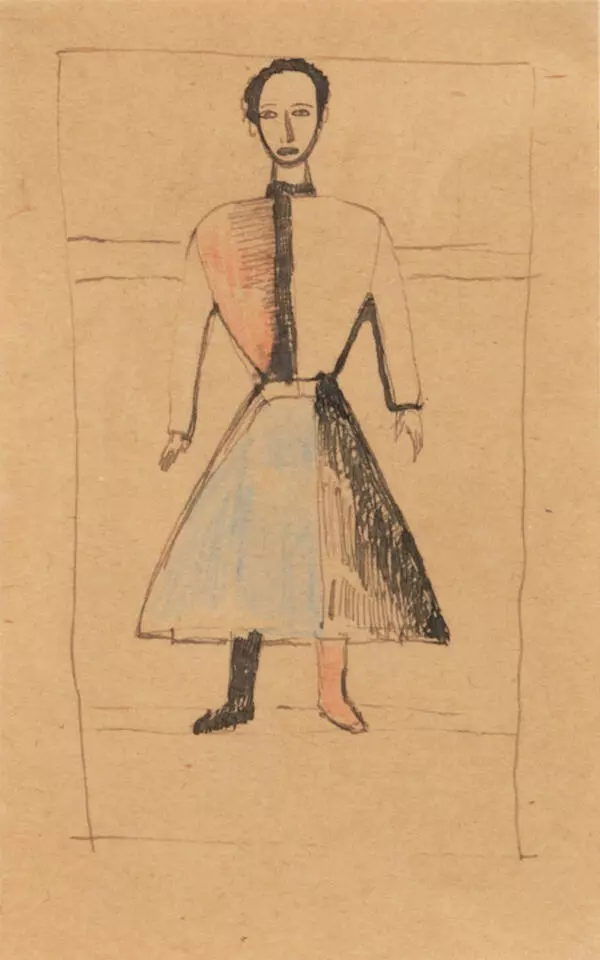Kazimir Malevich was a philosopher, innovator, the most famous and worldwide recognized Russian artist. He was born in 1879 in Kiev. Until the age of 12, the artist lived in the village of Moevka in the Podolsk province; then he lived in villages of Kharkov, Chernihiv and Sumskaya provinces.
Kazimir Malevich wasn’t keen on drawing right form his early childhood. He became interested in canvas and paints at the age of 15 after visiting a painting exhibition in Kiev.
In 1895-1896, the artist entered the Kiev drawing school of Nikolai Murashko, where he studied under a genre painter and academician Nikolai Pimonenko. Kazimir Malevich tried himself in different directions of painting: impressionism, symbolism, post-impressionism, and fauvism. He was drawn to dynamism of drawing, spontaneity, geometric shapes and the ability to use paintings to convey the mood, the fleetingness of the moment and to present the subject in a new way. He highly appreciated paintings by Matisse and Cezanne, and in 1911-1912 he became close to the group of Mikhail Larionov, who worked in the genre of non-primitivism, and created his first cycle of paintings – the peasant cycle.
In 1913, Kazimir Malevich designed stage-set for the futuristic opera Victory over the Sun. He depicted a black square on the theatrical backdrop, which according to his idea symbolized the triumph of technology: victory of man over nature, rational over spontaneous, electric over solar.
In 1916, the artist founded the Supremus society, thus inventing and introducing the word to Suprematism (from Latin – supremacy). Initially, the name hinted at the superiority of colour over other elements of the picture. Later, yet another meaning appeared: superiority over other areas, the peak of art evolution.
Suprematism became one of the most influential movements of abstract art of the 20th century. It expressed the structure of the world via simple geometric forms: a straight line, a rectangle, a circle or a square on a light background, which symbolized the infinity of space.
According to Kazimir Malevich, Suprematist paintings, both his Black Square and Suprematism as examples, were the first step to pure creativity; they equalized creative power of a man with that of a nature. In such non-objective paintings, colour itself ceased to perform additional functions. Colour became the centre of the picture, the main way to convey meanings.
The painting Suprematism created by Malevich in the first third of the 20th century falls into the colour period of his work. Using multi-coloured geometric figures presented in the work the artist expressed his passion for space, the desire to break away from earthly reality. Exhibition history of the painting includes more than 20 exhibition projects of various museums and in different cities.
Kazimir Malevich wasn’t keen on drawing right form his early childhood. He became interested in canvas and paints at the age of 15 after visiting a painting exhibition in Kiev.
In 1895-1896, the artist entered the Kiev drawing school of Nikolai Murashko, where he studied under a genre painter and academician Nikolai Pimonenko. Kazimir Malevich tried himself in different directions of painting: impressionism, symbolism, post-impressionism, and fauvism. He was drawn to dynamism of drawing, spontaneity, geometric shapes and the ability to use paintings to convey the mood, the fleetingness of the moment and to present the subject in a new way. He highly appreciated paintings by Matisse and Cezanne, and in 1911-1912 he became close to the group of Mikhail Larionov, who worked in the genre of non-primitivism, and created his first cycle of paintings – the peasant cycle.
In 1913, Kazimir Malevich designed stage-set for the futuristic opera Victory over the Sun. He depicted a black square on the theatrical backdrop, which according to his idea symbolized the triumph of technology: victory of man over nature, rational over spontaneous, electric over solar.
In 1916, the artist founded the Supremus society, thus inventing and introducing the word to Suprematism (from Latin – supremacy). Initially, the name hinted at the superiority of colour over other elements of the picture. Later, yet another meaning appeared: superiority over other areas, the peak of art evolution.
Suprematism became one of the most influential movements of abstract art of the 20th century. It expressed the structure of the world via simple geometric forms: a straight line, a rectangle, a circle or a square on a light background, which symbolized the infinity of space.
According to Kazimir Malevich, Suprematist paintings, both his Black Square and Suprematism as examples, were the first step to pure creativity; they equalized creative power of a man with that of a nature. In such non-objective paintings, colour itself ceased to perform additional functions. Colour became the centre of the picture, the main way to convey meanings.
The painting Suprematism created by Malevich in the first third of the 20th century falls into the colour period of his work. Using multi-coloured geometric figures presented in the work the artist expressed his passion for space, the desire to break away from earthly reality. Exhibition history of the painting includes more than 20 exhibition projects of various museums and in different cities.

